Introduction
Understanding autism spectrum disorder (ASD) in adult women requires a nuanced approach, as the condition manifests distinctly from men. Women with ASD often exhibit unique characteristics, such as camouflaging or masking. This entails adopting strategies to blend into social situations, like rehearsing social cues or imitating others' expressions.
Despite this, the core symptoms of ASD remain. Challenges like repetitive behaviors, emotional regulation, and the risk of self-harm, including eating disorders, are also present but may appear differently than in men. The issue of underdiagnosis is significant; the current diagnostic criteria, based on male-centric traits, can overlook women, leading to a disparity in the number of males and females diagnosed with autism.
To bridge this gap, awareness and understanding of the female presentation of ASD need to be improved among healthcare professionals, ensuring that women receive the necessary support and services.
The Female Autism Phenotype: Key Characteristics
Understanding autism spectrum disorder (ASD) in adult women requires a nuanced approach, as the condition manifests distinctly from men. Women with ASD often exhibit unique characteristics, such as camouflaging or masking. This entails adopting strategies to blend into social situations, like rehearsing social cues or imitating others' expressions.
Despite this, the core symptoms of ASD remain. Challenges like repetitive behaviors, emotional regulation, and the risk of self-harm, including eating disorders, are also present but may appear differently than in men. The issue of underdiagnosis is significant; the current diagnostic criteria, based on male-centric traits, can overlook women, leading to a disparity in the number of males and females diagnosed with autism.
To bridge this gap, awareness and understanding of the female presentation of ASD need to be improved among healthcare professionals, ensuring that women receive the necessary support and services.
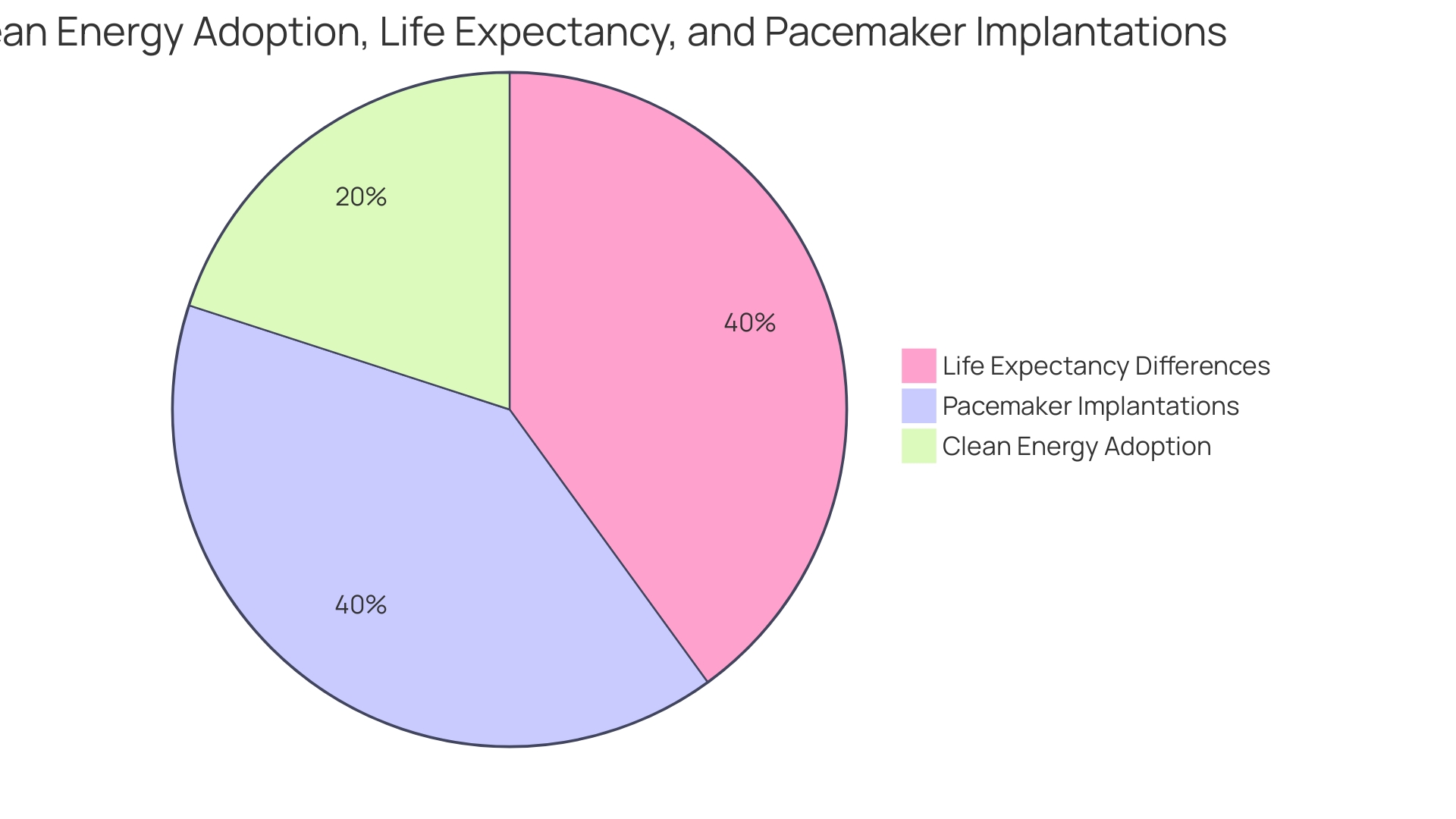
Camouflaging in Autistic Women: Understanding the Mask
Autism in adult women can be challenging to identify due to a phenomenon known as camouflaging, where individuals develop strategies to blend in with neurotypical peers. These strategies, often referred to as "masking," involve rehearsing social scenarios, mimicking others' expressions, and adopting behaviors deemed socially acceptable. While such mechanisms enable autistic women to navigate societal expectations, they also contribute to a stark discrepancy in diagnosis rates.
Despite increasing awareness, studies reveal that 80% of autistic females are undiagnosed or misdiagnosed by age 18, further highlighting the complexity of recognizing autism in this demographic.
In cultures with a high emphasis on conformity, like in Japan, the pressure to camouflage can be intense, leading to significant mental health challenges for autistic individuals. The constant effort to appear neurotypical is not only exhausting but can also result in a lack of support and missed opportunities for intervention tailored to their needs. As a result, autistic women and non-binary individuals face mental health issues at higher rates compared to autistic men, with 77% of autistic women being diagnosed with a psychiatric condition by age 25.
Camouflaging, while initially based on anecdotal evidence from autistic authors, has since become the focus of empirical studies. It encompasses a range of strategies, some of which may be unconsciously adopted. These strategies are akin to impression management techniques used in the general population, but the neurocognitive differences in autistic individuals, such as variations in executive function and social cognition, make these strategies more laborious.
The underrepresentation of women and girls in autism diagnoses is not just a clinical oversight but also a societal issue that affects the mental health and overall well-being of countless individuals. It's crucial to bridge the knowledge gap and tailor research to better understand and support the unique challenges faced by autistic women, particularly considering the nuanced ways in which they experience and manage their condition.
Challenges in Diagnosis: Why Autistic Women Are Often Overlooked
Recognizing autism in adult women often requires a nuanced understanding of how the condition manifests differently across genders, which can lead to disparities in diagnosis. Camouflaging, a term first introduced by autistic authors, is a coping mechanism where autistic individuals, often women, engage in strategies such as rehearsing social scenarios or imitating the body language of others to blend into social settings. Despite these efforts, the distinct neurocognitive aspects of autism, such as variations in executive function and social cognition, mean that camouflaging is usually a more demanding task for autistic people compared to the general population.
The misconceptions surrounding autism, particularly in women, are pervasive. For example, 80% of autistic females are undiagnosed or misdiagnosed by the age of 18, which can lead to serious mental health outcomes. Autistic women and non-binary individuals experience mental ill-health at higher rates than autistic men, with 77% of autistic women and about 62% of autistic men diagnosed with a psychiatric condition by age 25.
This underlines the urgency for better recognition and support.
Stories like that of Heather Florio and Bree Conklin, who were diagnosed with autism later in life after years of feeling different or receiving incorrect diagnoses, illustrate how life-changing proper recognition can be. While the traditional criteria for autism diagnosis were based on male presentations, leading to a gender bias, it's now understood that autism can appear differently from childhood to adulthood and across genders. For adult women, a correct diagnosis can be transformative, allowing them to embrace their identity and receive appropriate support.
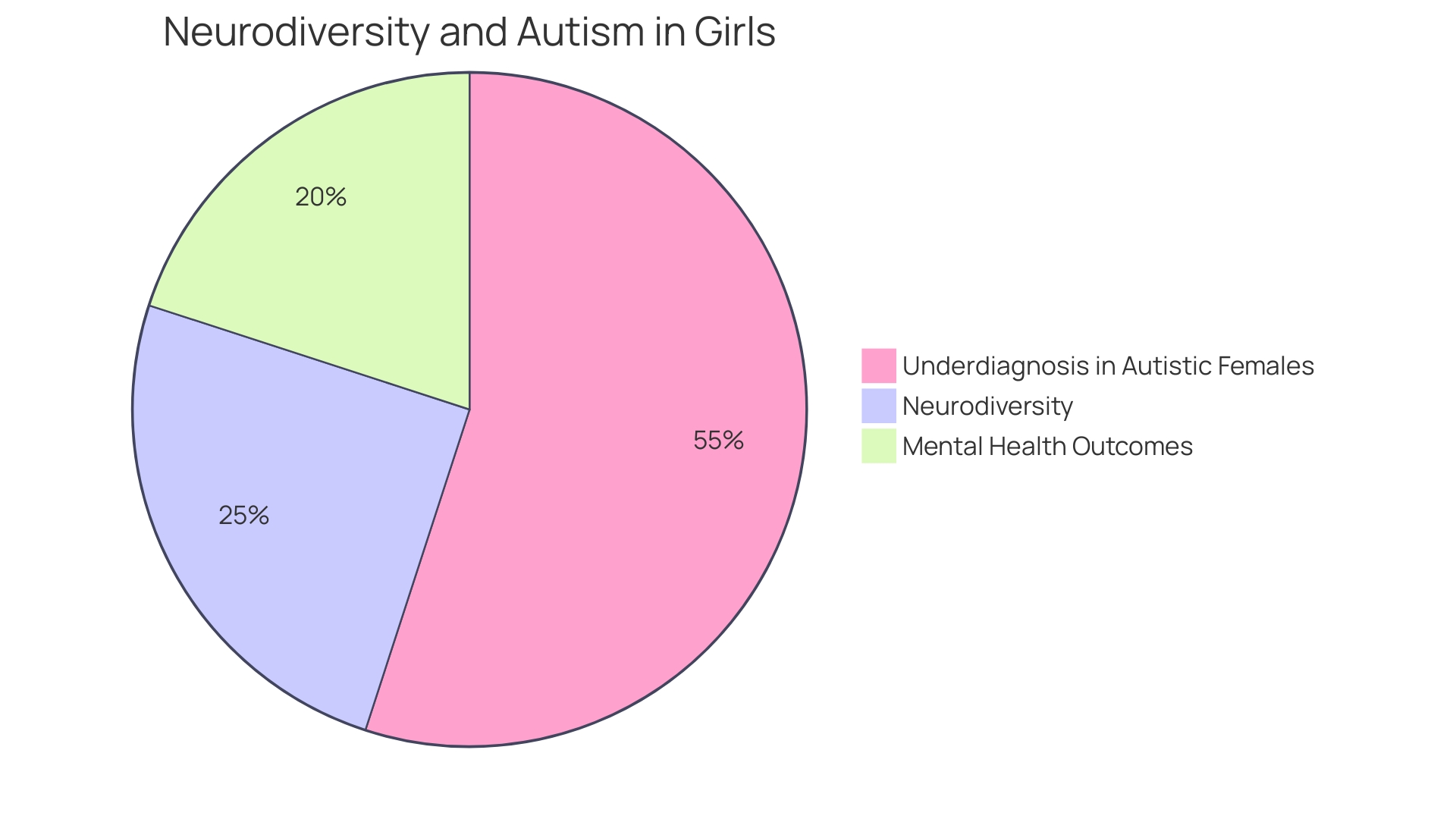
Experiences of Autistic Women: Themes and Subthemes
The lives of autistic women are complex and multifaceted, with research revealing specific challenges they face in social settings, the workplace, personal relationships, and mental health. Data from Autistica suggests that of the 1 million autistic individuals in the UK, 680,000 are of working age. However, employment rates for autistic individuals are low, with only 3 in 10 in the workforce, highlighting a stark contrast to the 8 in 10 employment rate of non-disabled people.
The pay gap is also significant, with autistic individuals earning a third less than their non-disabled counterparts.
Stakeholder engagement, including feedback from employers, autistic individuals, and support groups, has emphasized the need for more awareness and improved recruitment and retention strategies. The review, initiated on World Autism Awareness Day, seeks to boost employment rates for autistic individuals by addressing these barriers over the next five years. Employers are encouraged to recognize the value of autistic employees and address the need for better preparation of autistic individuals for the workplace.
Additionally, studies on autistic people's health experiences have revealed the intense effort required to "mask" neurotypical behaviors, often leading to burnout. Investigating health care during various life stages, from adolescence to menopause, has underscored the sensory sensitivities of autistic individuals, as well as the inadequacies in pain management reported during childbirth. This research is propelling efforts to improve healthcare for autistic people, with initiatives like the creation of informative videos to assist autistic parents and healthcare professionals.
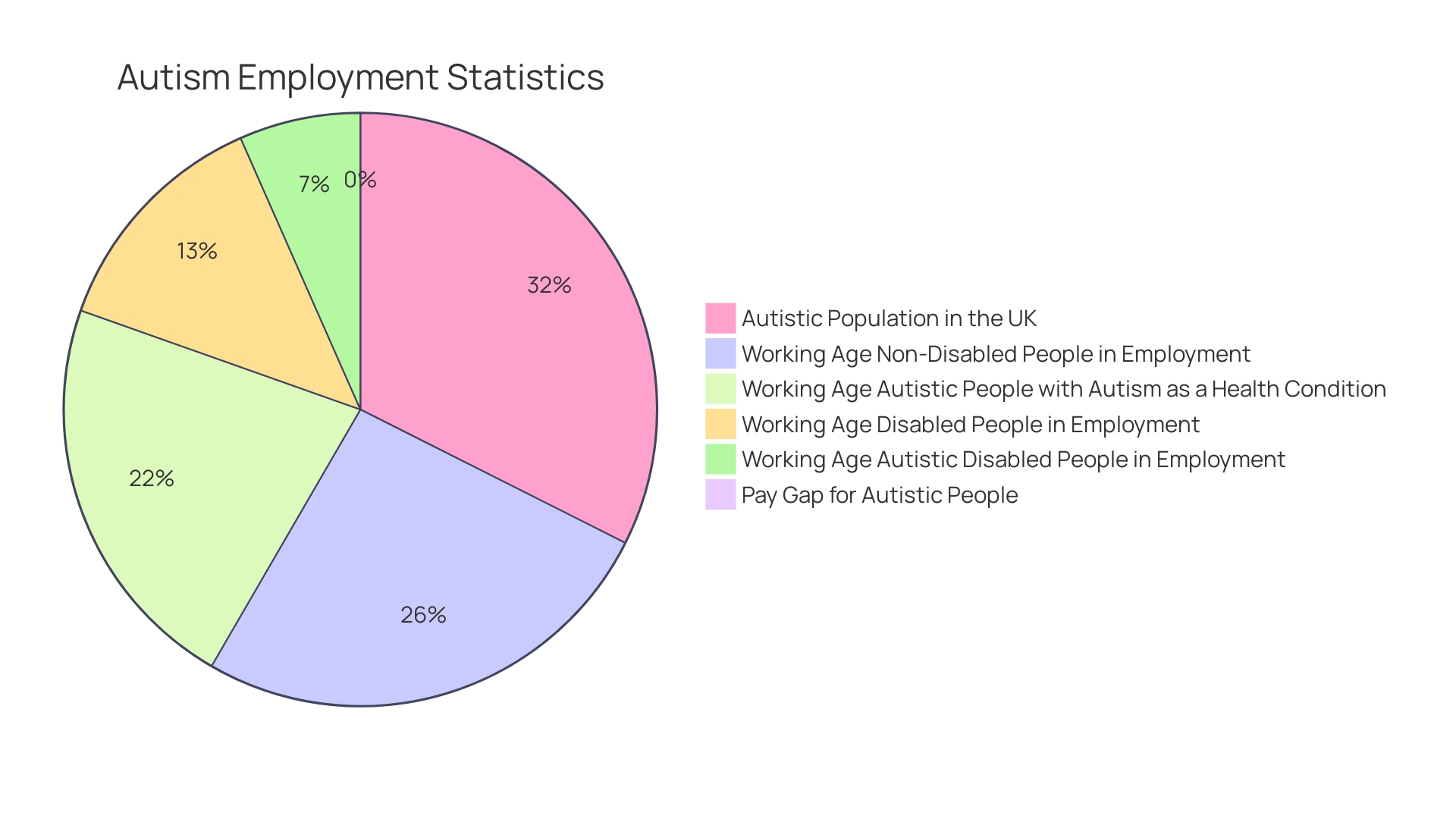
Potential Obstacles and Support Needs for Autistic Women
Understanding the unique experiences of autistic women is crucial to providing the support they need throughout their lives. Autistic individuals often engage in 'masking' to appear neurotypical, a process that requires significant effort and can lead to exhaustion and burnout. Studies have highlighted the need for healthcare professionals to gain a better understanding of autism's impact on health, especially during critical life stages such as puberty, pregnancy, and menopause.
It is known that autistic individuals may experience sensory sensitivities, with varying levels of awareness to stimuli like light and sound, which can profoundly affect their well-being. Moreover, research indicates a lack of adequate pain management for autistic people, especially notable during labor and delivery. By addressing healthcare providers' knowledge gaps and creating accessible, autism-friendly environments, we can mitigate the challenges faced by autistic women.
This improvement in care is not only a medical necessity but a step toward fostering inclusive societies where diverse neurological conditions are understood and accommodated.
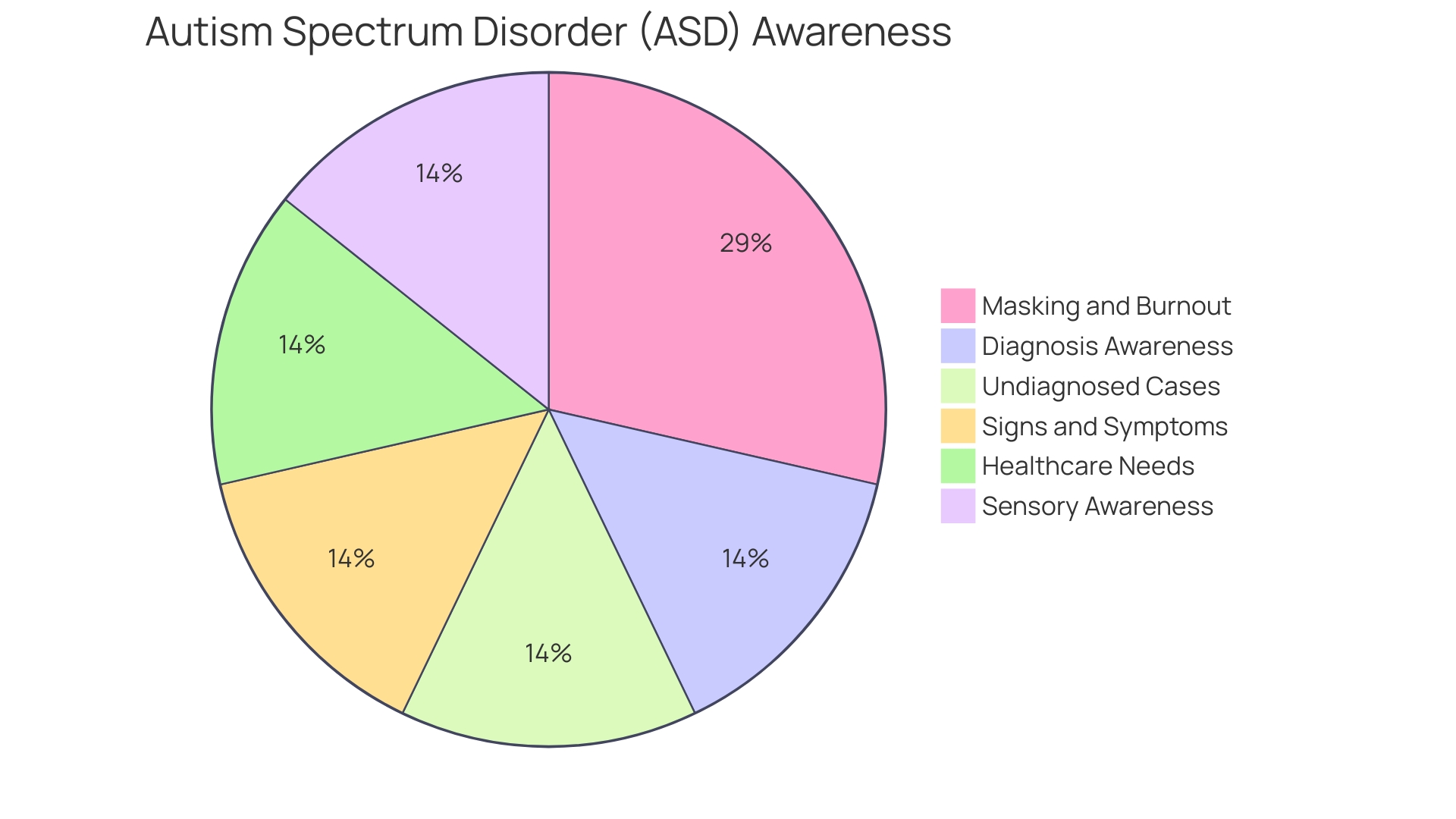
The Impact of Late Diagnosis on Autistic Women
For adult women on the autism spectrum, a late diagnosis can profoundly impact their mental well-being and ability to integrate into social and professional environments. Unlike the more overt social challenges often observed in autistic males, autistic women frequently exhibit a remarkable ability to camouflage their difficulties by emulating the social behaviors of their peers. Autistic women may engage in conversations that appear neurotypical on the surface, discussing people, friendships, and socially oriented interests such as fictional characters, animals, or celebrities, which can mask their underlying social cognition challenges.
Recent narratives, including the life-changing diagnosis of CEO Heather Florio at 41, reveal the transformative power of understanding one's neurodiversity. As the Centers for Disease Control and Prevention outlines, autism spectrum disorder is marked by challenges in communication, social interactions, and behavior. Early indicators can include a lack of eye contact or response to one's name by 9 months old.
However, for many women, these signs may be subtle or misinterpreted, leading to underdiagnosis or misdiagnosis.
Empirical studies support anecdotal evidence from autistic authors on the concept of camouflaging. This adaptive strategy involves a spectrum of behaviors, from rehearsing social interactions to mimicking the nonverbal cues of socially adept individuals. While these coping mechanisms can be seen in the broader population, they often demand greater cognitive effort from those on the autism spectrum due to inherent differences in executive function and social cognition.
Recognizing and addressing these unique manifestations of autism in women is essential for providing tailored support that fosters their long-term health and inclusion.
Mental Health Considerations and Suicidality Risks
Understanding the unique challenges faced by autistic women, especially regarding mental health, is pivotal. Autistic women often grapple with anxiety, depression, and are more prone to experiencing suicidal thoughts. This underlines the necessity for tailored mental health support that caters to their particular needs.
Therapeutic approaches for conditions like anxiety and depression in autistic adults do not significantly differ from the general population. However, autistic adults frequently report difficulties in accessing appropriate healthcare providers, with many being denied care due to a lack of understanding or reluctance to adapt existing practices. Therefore, it is essential to foster an inclusive healthcare environment where professionals are equipped with the knowledge and skills to work effectively with autistic patients.
This includes recognizing the strengths of autistic individuals and building a trusting relationship with them.
The prevalence of autism, currently estimated at 1 in 44 children, coupled with a gender disparity that results in fewer diagnoses among females, calls for heightened awareness among healthcare providers across all specialties. Research indicates that autistic adults not only have an increased risk of co-occurring physical and mental health conditions but also face a significant reduction in life expectancy, with neurological issues, cancer, and suicide being leading concerns. These factors contribute to a discernible health gap and amplify the need for improved healthcare access and quality for autistic individuals.
Recent studies highlight that autistic people, including women, may experience healthcare differently at various life stages—from adolescence to menopause. They may also have atypical sensory perceptions, which can influence their healthcare experiences, particularly in environments with bright lights or loud noises. Addressing such sensory sensitivities is a critical component of providing compassionate and effective care.
Moreover, there is an urgent need to address the inadequate treatment of pain reported by autistic individuals in healthcare settings. Ensuring that their concerns are heard and questions are answered can alleviate anxiety and confusion, ultimately leading to better health outcomes.
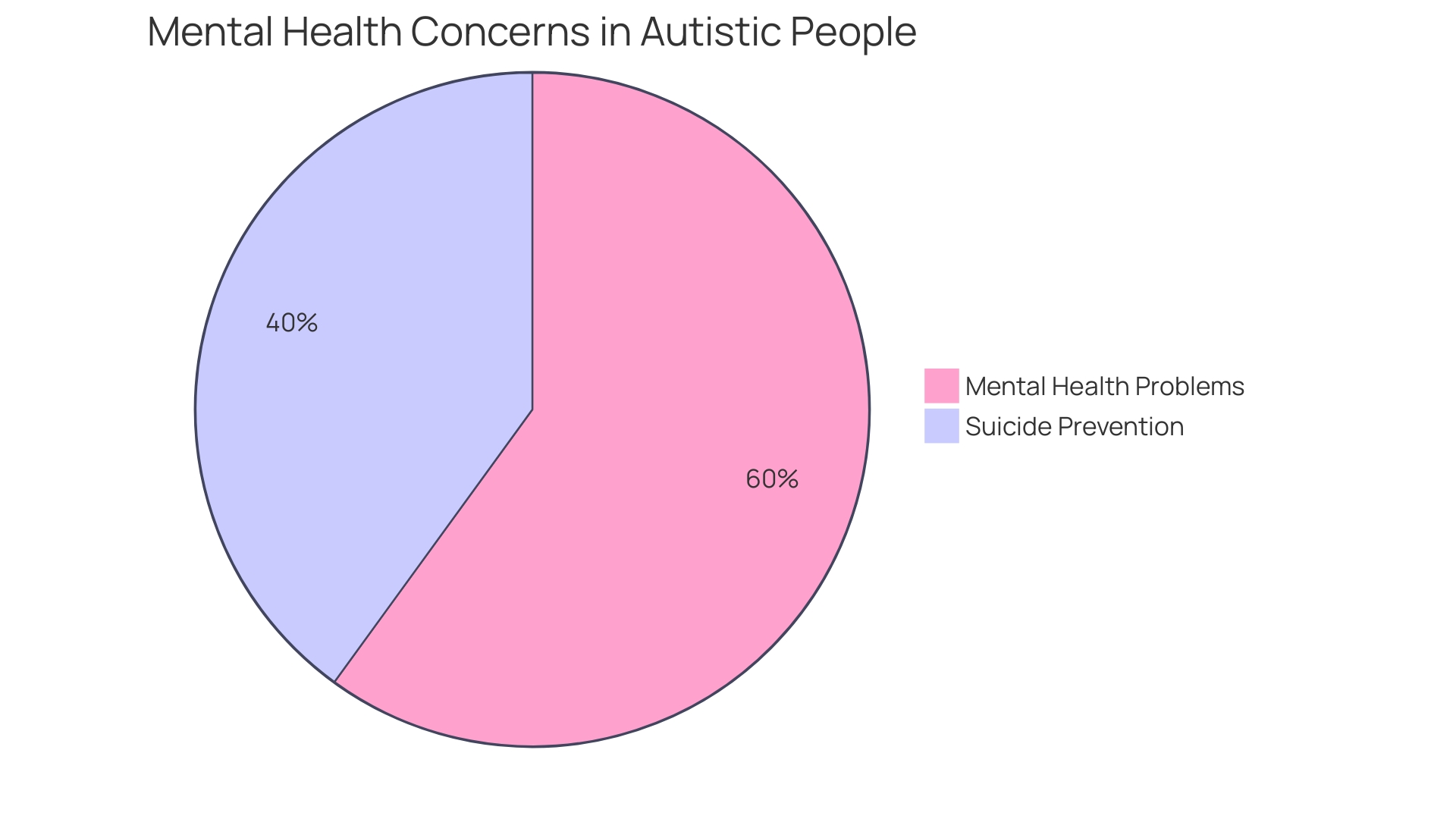
Parental Attitudes and Family Dynamics
Families are vital in fostering a nurturing atmosphere for their daughters on the autism spectrum, and it starts with understanding the unique challenges they face. The philosophy that 'every child should have a fair race,' as emphasized by the late Dr. David (Dan) R. Offord, extends to creating equitable opportunities for autistic individuals. This includes recognizing their distinctive strengths and addressing their needs without overlooking the stressors that come with disability.
In the quest for mental health and social equity, it is paramount to reduce stress and maximize support for these young women, particularly in educational, domestic, and recreational settings.
Autistic women often employ 'masking' to blend into neurotypical society, a process that demands considerable effort and can lead to exhaustion and burnout. Understanding the healthcare experiences of autistic individuals across various life stages, from adolescence to menopause, is critical. Current research highlights the gaps in healthcare, such as the inadequate treatment of pain during childbirth and the need for clear communication during maternity, which can exacerbate anxiety among autistic mothers.
Collaborative efforts are underway, including the creation of educational videos by autistic parents and professionals to address common concerns, aiming to revolutionize care for the autistic community.
In light of the pandemic, it is even more urgent to address these issues. Prior to COVID-19, parent-carers, especially of disabled children, were already at a disadvantage, facing discrimination and economic challenges. Despite 11% of UK children being identified with a disability, there is a lack of targeted support policies for employed parent-carers.
This underscores the importance of equipping parents with the necessary tools and knowledge to advocate for and support their autistic daughters, ensuring their well-being and ability to participate fully in society.
Positive Aspects and Strengths of Autistic Women
Adult women on the autism spectrum often exhibit a tapestry of traits that can be as diverse as they are remarkable. With a keen eye for detail and a profound capacity for concentration, these individuals may excel in areas where focus and precision are paramount. Their unique worldviews and innate talents are not only a testament to the rich diversity of human cognition but also contribute significantly to various fields and communities.
For instance, Haley Moss, diagnosed with autism at age three and a shining example of turning perceived limitations into strengths, has become a beacon of success in the legal profession. Her journey from being diagnosed at the University of Miami to practicing law is a powerful narrative that underscores the potential within autistic individuals to achieve greatness in their chosen paths. Similarly, the story of James, who utilized the Picture Exchange Communication System to overcome communication barriers, showcases how embracing neurodiversity can lead to unanticipated and fulfilling forms of expression, such as his transformative art exhibitions.
These narratives, alongside the experiences of countless others like Max Cain, whose hobby of assembling Gundam model kits translated into a successful career at FTS American Manufacturing, illustrate the exceptional capabilities that autistic women can harness. By valuing and supporting these unique attributes, we create an environment where autistic women can not only participate fully in society but indeed thrive and inspire.
Conclusion
In conclusion, understanding autism spectrum disorder (ASD) in adult women requires a nuanced approach. Women with ASD often engage in camouflaging or masking strategies to blend into social situations, but the core symptoms of ASD remain. Challenges such as repetitive behaviors, emotional regulation, and the risk of self-harm, including eating disorders, are present but may appear differently in women.
Underdiagnosis is significant due to male-centric diagnostic criteria.
To bridge this gap, awareness and understanding of the female presentation of ASD among healthcare professionals need to be improved. Recognizing the unique characteristics and challenges faced by autistic women is essential for providing tailored support.
Camouflaging is a significant phenomenon in autistic women, and addressing its impact is crucial. Underdiagnosis is pervasive, and a correct diagnosis can be transformative. Research should be tailored to better understand and support autistic women.
Autistic women face challenges in various areas, including social settings, the workplace, personal relationships, and mental health. Increasing awareness, improving workplace strategies, and providing better healthcare during critical life stages are necessary for their well-being and inclusion.
Understanding the mental health considerations and suicidality risks faced by autistic women is pivotal. Tailored mental health support and creating inclusive healthcare environments are crucial.
Families play a vital role in supporting their daughters on the autism spectrum. Equipping parents with the necessary tools and knowledge to advocate for and support their autistic daughters is essential.
Lastly, recognizing the positive aspects and strengths of autistic women is important. By valuing and supporting their unique attributes, we create an environment where they can thrive and inspire others.
In conclusion, improving awareness, understanding, and support for autistic women is crucial. Recognizing their unique challenges, strengths, and needs is essential for providing tailored interventions and fostering their success in society.




